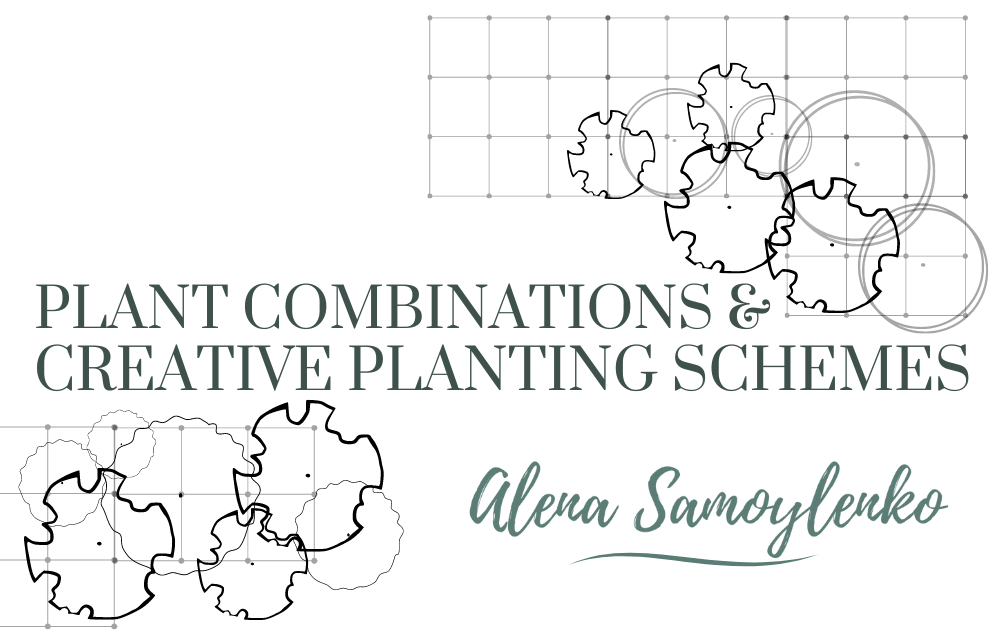Hydrangea macrophylla, also known as bigleaf hydrangea, is a cherished favorite among gardeners for its breathtaking blooms and luxuriant foliage. With its versatile varieties, including mopheads and lace-caps, bigleaf hydrangeas can seamlessly integrate into any garden style, whether it be a formal landscape or a natural woodland setting. To elevate the allure of these hydrangeas, choosing the perfect companion plants is essential. In this blog post, we’ll delve into a selection of companion plants that harmonize with Hydrangea macrophylla, enriching its beauty and adding depth to your garden landscape.

Ideal Growing Conditions: Before delving into companion plants, it is crucial to understand the optimal growing conditions for Hydrangea macrophylla. These hydrangeas thrive in environments with morning sunlight, afternoon shade, and well-drained soil enriched with organic matter.

Astilbe: Astilbe plants serve as excellent companions to hydrangeas, offering a striking contrast in both foliage and flowers. The spiky blooms of astilbes create a beautiful juxtaposition with the big, rounded flowers of hydrangeas. However, even before blooming, the delicate, lacelike leaves of astilbes add texture and visual interest when planted alongside the large leaves of hydrangeas. Additionally, available in a wide range of heights and colors, astilbe varieties can be easily tailored to complement the specific characteristics of your hydrangea variety, ensuring a harmonious and captivating garden display.

Rhododendron: Another tried-and-true companion for bigleaf hydrangeas. These two plants share similar preferences for light, watering, and soil conditions, making them perfect companions in the garden. Together, they not only thrive but also enhance each other’s beauty. Rhododendrons add structural elements to the arrangement and maintain evergreen accents, even in the winter garden. Against their backdrop, the dried hydrangea inflorescences create contrast and lend a romantic look to the garden, even during the winter months. You can incorporate both tall rhododendrons, serving as a background for hydrangeas, and compact varieties in the foreground of the composition. While their flowering periods may differ, the foliage of rhododendrons and hydrangeas creates a beautiful contrast and texture in the overall composition.

Hakonechloa macra or Carex oshimensis: Planting either of these grasses in the foreground is an excellent method to highlight the large leaves of hydrangeas.

Mahonia eurybracteata subsp. ganpinensis ‘Soft Caress’: An excellent choice for introducing texture to a hydrangea arrangement. To further enhance the composition, consider adding a ground cover layer such as Epimedium ‘Fröhnleiten’.

Siberian irises (Iris sibirica): A wonderful addition to any hydrangea arrangement, Siberian irises complement hydrangeas well and thrive under similar growing conditions. Their differing flowering periods ensure continuous beauty in the composition. While irises bloom in early summer, their foliage provides an attractive contrast to hydrangeas throughout the autumn months. Position Siberian irises behind compact hydrangea varieties or alongside taller ones to create a visually appealing and long-lasting display.
If you’ve found these companion plant suggestions helpful, check out my workbook, ‘Workbook Companion Plants for Hydrangeas: 42 Planting Schemes with Hydrangeas for Every Style’ Available for download here

Be sure to explore my other blog posts where I discuss companion plants for different types of hydrangeas, offering even more inspiration for your garden design. Whether you’re working with panicle hydrangeas, oakleaf hydrangeas, or smooth hydrangeas, there are countless possibilities for creating captivating combinations that elevate the beauty of these beloved plants.
WHAT TO PLANT WITH OAKLEAF HYDRANGEA? 3 READY-TO-USE PLANT COMBINATIONS FOR HYDRANGEA QUERCIFOLIA
ENHANCING YOUR GARDEN WITH SMOOTH HYDRANGEAS: CARE TIPS AND PLANTING IDEAS FOR HYDRANGEA ARBORESCENS
Happy gardening!





Leave a Reply